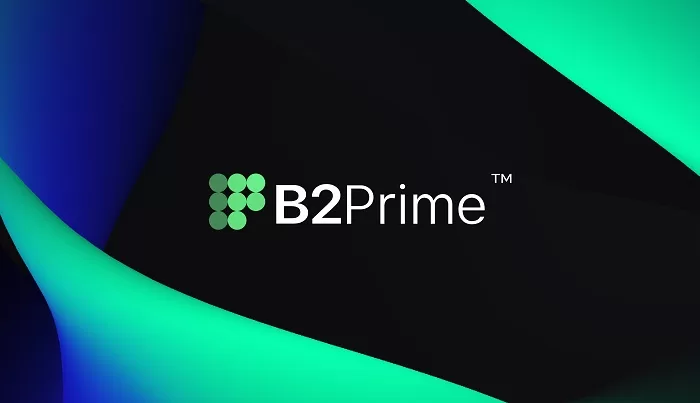Finance
What is Liquidity Distribution?

In order to understand the liquidity distribution in forex trading, an understanding of the term “liquidity” is essential. An in-depth description of how liquidity works will arm you with the information you need to know.
Distribution of FX Liquidity
It refers to the ability to buy and sell currencies with no substantial impact on the value of the currency pair in the context of foreign exchange trading. So when it comes to currency pairs, “high liquidity” means that they are easy to purchase or sell and that there is a lot of trading activity in that pair.
In order to make money in trading, it is necessary to have a liquid market. Market liquidity has an impact on everything from the bid-ask spread to the speed with which transactions are executed. When positions are opened and closed, it has an impact on how quickly they are opened and closed. As a result, in order to satisfy the expectations of your clients, you, as a broker, must have the broadest available liquidity pool. This begs the query of how FX brokers gain liquidity in the first place.
Sources of Liquidity for FX Brokers
Liquidity for FX brokerages comes from forex broker liquidity providers. There are several types of liquidity providers, including market brokers and organizations that function as professional market makers.
Central banks, investment and big commercial banks, hedge funds, foreign investment managers, FX brokers, retail traders, and high-net-worth individuals all contribute to the FX market’s liquidity.
Tier1 LPs are the most prominent names in the foreign exchange industry. Investment banks with a lot of forex departments give buy/sell quotes for the FX pairs they trade.
Tier1 LPs do not give direct access to individual traders. Most of their orders are filled by an online FX broker using top-tier LPs, who, in turn, utilize an ECN/STP network to execute transactions. This gives them direct access to the foreign exchange market.
To get the best rates and spreads, forex brokers often work with a variety of LPs. In this way, they are able to provide their customers with the best possible pricing from a variety of funds sources.
What is the Best Way to Find an FX Liquidity Provider?
If you’re searching for a liquidity provider, you should consider the assets and liquidity supplied as a whole package. There must be accession to the FIX protocol and statistical data given by the liquidity supplier, as well as multi-asset liquidity. It’s also a good idea to have a nominated account in several currencies.
Another important issue is the size of the market. This shows the liquidity and depth of a given currency in the marketplace. More buy and sell orders at each price indicate more market depth. This means that a liquidity provider must be able to make quick trades without requotes or slippage, especially during times when the market is moving a lot.
Besides competitive spreads and low fees and swaps, a liquidity provider’s pricing must be fair to both sides.
As with brokers, liquidity providers need to follow the field’s best practices and be supported by a prime broker. This is why they have to be regulated like brokerages.
If you’re looking for reliable liquidity providers, you’ll want to make sure they’ve had an automated and thorough reporting system in place to help them meet regulatory standards.
A Solid Forex Liquidity Provider – B2Prime
In the FX market, Tier1 LPs are those that supply the most liquidity, as it was stated above. When it comes to providing FX liquidity, technology provider B2Prime is a leader in the field, providing single and direct market approach to top-tier FX liquidity venues with unmatched levels of technology as well as deep liquidity and fast trade execution at very low trading costs.
B2Prime, a forex liquidity provider, is one of the best in the business. It gives brokerage firms access to more than 800 trading instruments and seven asset classes on a single multicurrency account.
Some of B2Prime’s current methods for spreading liquidity are OneZero and Prime XM. B2BX, Fix API, AMTS, Bridge MT4, Gateway MT5, WL/GL, MT4/5, and WebSocket API are just a few of the methods.
In just five minutes, brokers and white label partners may connect to our liquidity pool through the FIX API, gaining instantaneous access to the industry’s largest institutional liquidity pools, along with some of the industry’s narrowest spreads. Please contact us as soon as possible if you have any questions.

















































